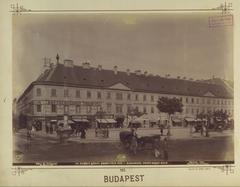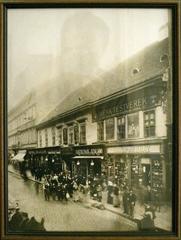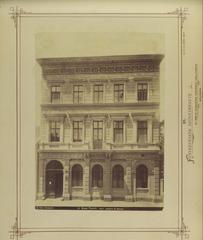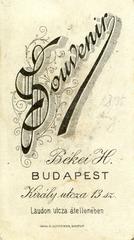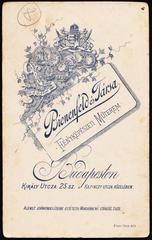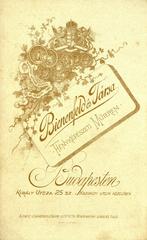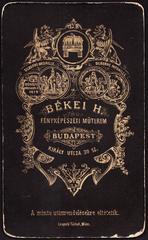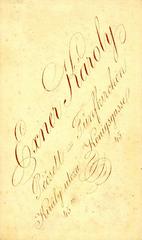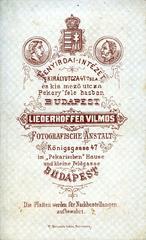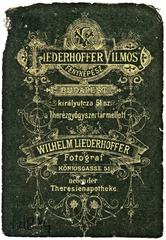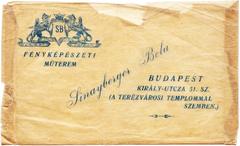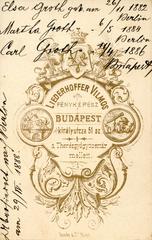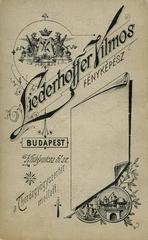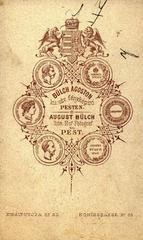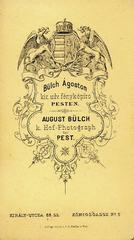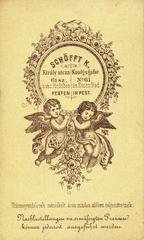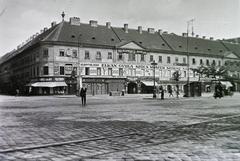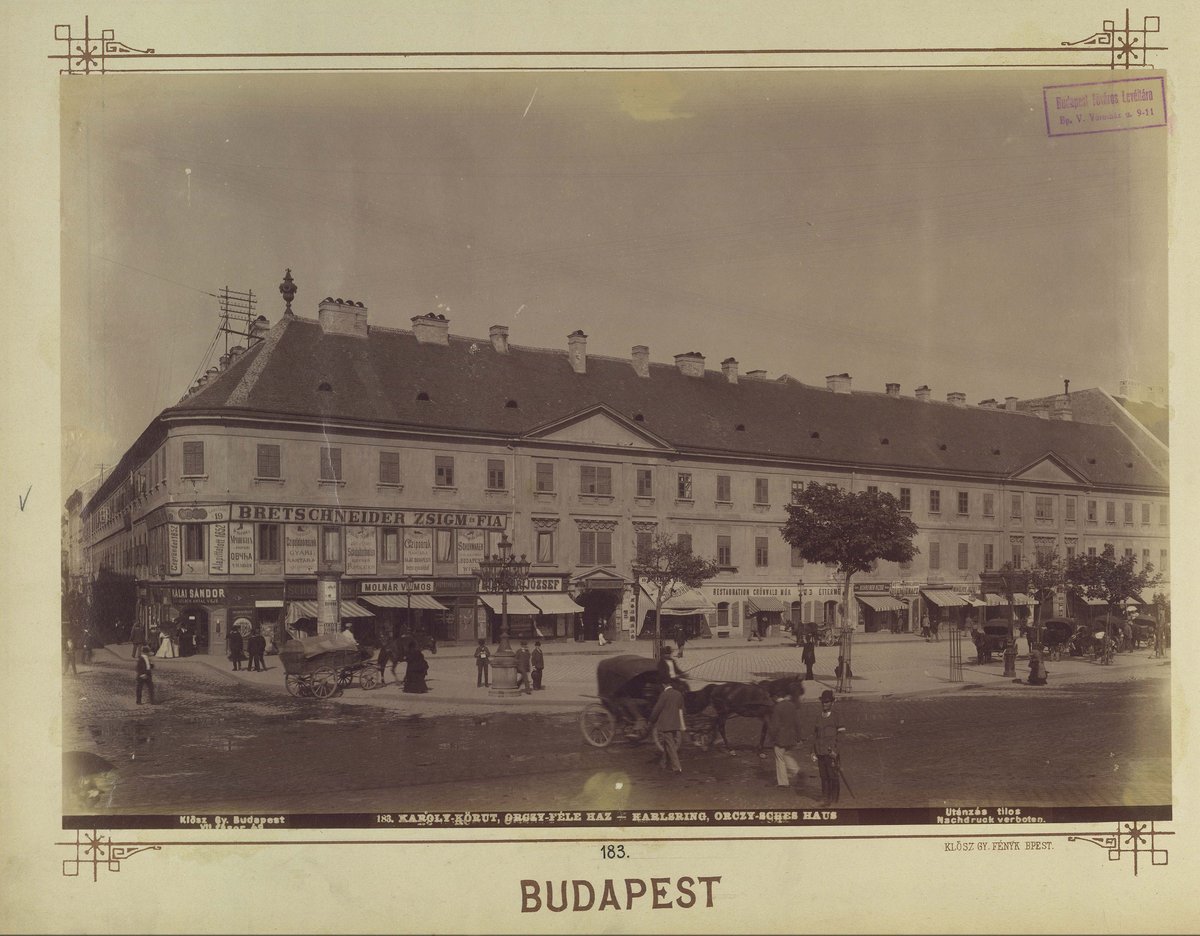
Király Street Budapest: Visiting Hours, Tickets, and Attractions Guide
Date: 14/06/2025
Introduction: Király Street’s Heritage and Contemporary Significance
Király Street (Király utca) weaves through the heart of Budapest’s historic Jewish Quarter, embodying a rich tapestry of architectural beauty, cultural vitality, and layered history. Established in the late 18th century, Király Street has evolved alongside the city, serving as both a commercial hub and a cultural crossroads. Today, its vibrant mix of neoclassical staircases, Art Nouveau facades, and modern renovations reflects Budapest’s enduring spirit and creative energy (justbudapest.com; budapest.city).
As a living testament to Budapest’s Jewish heritage, the street bears witness to both the flourishing community life of the 19th and early 20th centuries and the tragedies of the WWII Ghetto era. Now, Király Street pulses with life—its boutiques, galleries, ruin bars, and multicultural eateries attracting visitors eager to immerse themselves in Budapest’s unique urban rhythm (travelnotesandthings.com; discoverwalks.com). This guide offers comprehensive information on visiting hours, tickets, highlights, and essential tips for exploring one of Budapest’s most compelling destinations.
Table of Contents
- Introduction
- Historical Evolution of Király Street
- Architectural Highlights and Heritage
- Urban Culture and Street Life
- Visiting Hours and Ticket Information
- Cultural Significance and Contemporary Events
- Nearby Attractions and Historical Sites
- Practical Visitor Information
- Community and Social Fabric
- Visuals, Maps, and Interactive Media
- FAQ: Common Questions
- Summary and Recommendations
- References
Historical Evolution of Király Street
Origins and Urban Development
Király Street began as a key route linking Budapest’s city center with its outer districts and the Jewish Quarter. Its 18th-century origins as “King Street” signified its role as a royal and commercial artery. The 19th-century urban expansion, especially the development of the Grand Boulevard (Nagykörút), integrated Király Street into Budapest’s growing transportation network, stimulating the construction of ornate Neo-Renaissance, Art Nouveau, and Eclectic buildings (justbudapest.com).
Jewish Heritage and the Ghetto Era
As the backbone of the historic Jewish Quarter, Király Street was the epicenter of Jewish life—home to synagogues, kosher shops, and community centers. The area flourished until WWII, when it became part of the Budapest Ghetto, confining thousands of Jews in tragic conditions. Memorials and restored synagogues, including the Dohány Street Synagogue, stand in tribute to this poignant chapter (budapestbylocals.com).
Postwar Decline and Urban Renewal
Following WWII and the communist era, the street saw significant decline. However, revitalization efforts since the late 20th century have restored much of its historic charm, with new businesses, galleries, and cultural spaces breathing new life into the district (justbudapest.com).
Architectural Highlights and Heritage
Király Street’s architecture presents a striking mosaic of Budapest’s past and present. Notable buildings such as Király utca 21, designed by Mihály Pollack, showcase refined neoclassical style, while others feature eclectic and Art Nouveau elements—ornate facades, wrought-iron railings, and decorative balconies (budapest.city; buildingstelltales.com). Recent revitalizations and new boutique hotels add a modern layer to the street’s diverse architectural heritage (dailynewshungary.com).
Urban Culture and Street Life
Creative Scene and Nightlife
Király Street is the heart of Budapest’s alternative culture, brimming with independent boutiques, art galleries, and some of the city’s most iconic ruin bars. Szimpla Kert, just off Király, is legendary for its bohemian atmosphere and creative programming (discoverwalks.com).
As evening falls, the area’s courtyards and bars come alive, offering everything from jazz and electronic music to open-air festivals. Gozsdu Udvar, a series of interconnected courtyards, is particularly vibrant at night.
Culinary Diversity
The street is a culinary melting pot, featuring traditional Hungarian fare, innovative street food, and international cuisine. The Karaván Street Food Court is a must for foodies, while craft beer enthusiasts flock to venues like Kandalló Pub (journalbharat.com). Vegetarian, vegan, and kosher options are widely available.
Fashion and Shopping
Fashion lovers will find a range of boutique stores and vintage shops, many housed in restored historic buildings. The street’s unique blend of shopping and architectural appreciation attracts both locals and tourists (budapest.city).
Visiting Hours and Ticket Information
- Király Street itself: Open 24/7 as a public street.
- Shops, cafes, and bars: Generally open 10:00 AM–midnight. Ruin bars often open later and close around 2:00–4:00 AM.
- Cultural sites (e.g., Dohány Street Synagogue): Typical hours 10:00 AM–6:00 PM; tickets (approx. 4000 HUF) required for entry.
- Guided tours: No ticket needed to walk the street; walking tours featuring Király Street and the Jewish Quarter typically cost 3000–15000 HUF (€9–€40). Advance booking is suggested during peak season.
Cultural Significance and Contemporary Events
Király Street is central to Budapest’s Jewish cultural revival and hosts annual festivals such as the Jewish Cultural Festival, with concerts, exhibitions, and culinary events (budapestbylocals.com). Its galleries, pop-up exhibitions, and creative spaces foster ongoing artistic innovation and intercultural dialogue. Many new developments, such as boutique hotels and hybrid accommodations, further enhance the area’s hospitality scene (Hungary Today).
Nearby Attractions and Historical Sites
- Dohány Street Synagogue: Europe’s largest synagogue, with a museum and memorials.
- Rumbach Street Synagogue: A beautifully restored landmark.
- Hungarian National Museum: Showcasing Hungary’s history within walking distance.
- Grand Boulevard (Nagykörút) and Andrássy Avenue: Architectural and shopping highlights.
- Kazinczy Street & Gozsdu Udvar: Centers for nightlife and street food (Tales of Budapest).
Practical Visitor Information
Navigation, Safety, and Accessibility
- Getting There: Metro (M1, M2, M3 at Deák Ferenc tér; M1 at Oktogon), trams (4, 6), and buses all serve the area (budapestbylocals.com).
- Street Layout: Király Street is pedestrian-friendly, especially near the Jewish Quarter and Gozsdu Udvar. Expect some uneven cobblestones.
- Safety: The area is generally safe; remain aware of belongings, especially in crowded venues. Taxis are recommended late at night for travel outside the center (lonelyplanet.com).
- Accessibility: Most of the street is accessible, but some historic venues may have steps or narrow entrances.
When to Visit and Local Atmosphere
- Best Seasons: Late spring (May–June) and early autumn (September–October) for mild weather and outdoor festivals (travelnotesandthings.com).
- Busiest Times: Evenings, especially Thursdays to Saturdays. For a quieter visit, opt for weekday mornings.
Cultural Etiquette and Language
- Etiquette: Respect Jewish heritage sites—dress modestly in synagogues, observe posted guidelines, and be mindful during festivals (budapestbylocals.com).
- Language: Hungarian is the official language, but English is widely spoken in tourist areas. Learning basic phrases is appreciated (Traveleuropeguide.com).
Money, Payments, and Budgeting
- Currency: Hungarian Forint (HUF). Cards are widely accepted, but cash is handy for small vendors and tips.
- Costs: Street food meals 1,500–3,000 HUF; sit-down dinners 3,000–6,000 HUF; drinks 800–1,500 HUF. Entry to clubs is often free or under 2,000 HUF.
Facilities and Connectivity
- Wi-Fi: Free in many cafes and public spaces.
- Restrooms: Available in restaurants and cafes; non-customers may pay a small fee.
- Emergency: Dial 112 for police, ambulance, or fire.
Community and Social Fabric
Király Street is more than a destination—it’s a community space hosting public events, pop-up markets, and cultural festivals. New developments foster interaction between locals and visitors, with communal areas, rooftop terraces, and event venues (dailynewshungary.com).
Visuals, Maps, and Interactive Media
- Interactive Map: Király Street Map
- Image Suggestions: “Historic facade on Király Street Budapest,” “Nightlife at Király Street ruin bars,” “Gozsdu Udvar courtyards,” “Dohány Street Synagogue exterior.”
- Virtual Tours: Available on official tourism portals and some venues’ websites.
FAQ: Common Questions
Q: What are Király Street’s visiting hours?
A: The street is open 24/7; shops, bars, and attractions generally operate 10:00 AM–midnight.
Q: Are tickets required to visit Király Street?
A: No tickets are needed for the street itself; some attractions, like synagogues or museums, require tickets.
Q: Are guided tours available?
A: Yes. Various walking tours highlight Király Street and the Jewish Quarter, bookable online or locally.
Q: Is the street accessible for people with disabilities?
A: Most of the street is accessible, though some historic venues may be challenging.
Q: What’s the best time to visit?
A: Spring and autumn for mild weather and lively events; evenings for nightlife.
Q: Where can I find good photos?
A: Colorful murals, Gozsdu Udvar, historic facades, and synagogues.
Summary and Recommendations
Király Street stands as a vibrant emblem of Budapest’s history and modern urban life—a place where neoclassical elegance, Jewish heritage, and contemporary culture intertwine (justbudapest.com; budapestbylocals.com). Open around the clock, the street’s shops, galleries, and nightlife create a lively atmosphere, while nearby historical sites like the Dohány Street Synagogue offer deeper cultural insights (discoverwalks.com; travelnotesandthings.com). Practical travel tips on transport, safety, and etiquette ensure a smooth and rewarding visit.
For a fully immersive experience, consider guided tours, interactive maps, and mobile apps like Audiala to access real-time updates and insider tips. Király Street’s location makes it a perfect base for exploring Budapest’s historical and cultural landscape.
References
- 100 Unmissable Places: Budapest, 2024, Just Budapest (justbudapest.com)
- Jewish Budapest: History, Culture & Tours, 2024, Budapest by Locals (budapestbylocals.com)
- Király Street Attractions and Map, 2024, Budapest City (budapest.city)
- Budapest’s Most Beautiful Streets, 2024, Discover Walks (discoverwalks.com)
- Is Budapest Worth Visiting?, 2024, Travel Notes and Things (travelnotesandthings.com)
- New Hotels to Further Raise Budapest’s Prestige, 2025, Hungary Today (hungarytoday.hu)
- Budapest in June: Culture, Relaxation, and Craft Beer, 2025, Journal Bharat (journalbharat.com)
- Nine Streets Not to Be Missed in Budapest, 2024, Tales of Budapest (Tales of Budapest)
- Budapest in June, 2024, Travelling Mandala (Travelling Mandala)
- Jewish Budapest Tours, 2024, Budapest by Locals (Budapestbylocals.com)
- Things to Know Before Traveling to Budapest, 2024, Lonely Planet (lonelyplanet.com)
- The Best Streets in Budapest: Explore the Beauty, 2024, Bar Crawl Budapest (Bar Crawl Budapest)
- Budapest Travel Guide, 2024, Traveleuropeguide.com (Traveleuropeguide.com)
- Two Days in Budapest, 2024, Emily Embarks (Emily Embarks)
- Budapest’s Most Beautiful Streets to See, 2024, Discover Walks (Discover Walks)
- Király utca 21: One of Budapest’s Most Elegant Staircases, 2024, Building’s Tell Tales (buildingstelltales.com)
Ready to explore Király Street? Download the Audiala app for guided tours, interactive maps, and real-time updates. Follow us on social media for more Budapest travel inspiration and insider tips!
